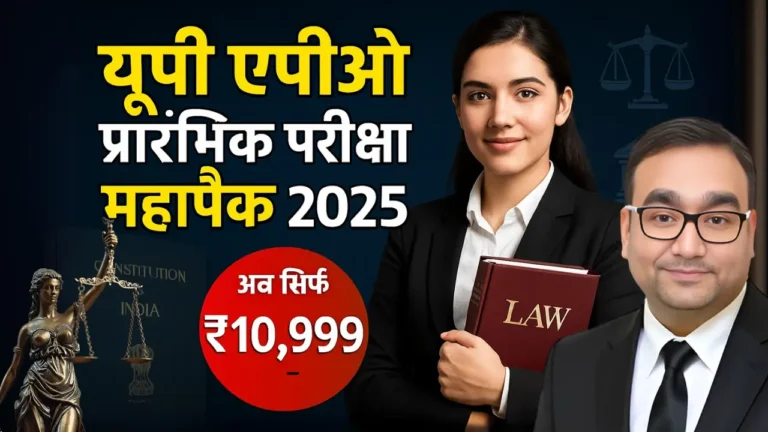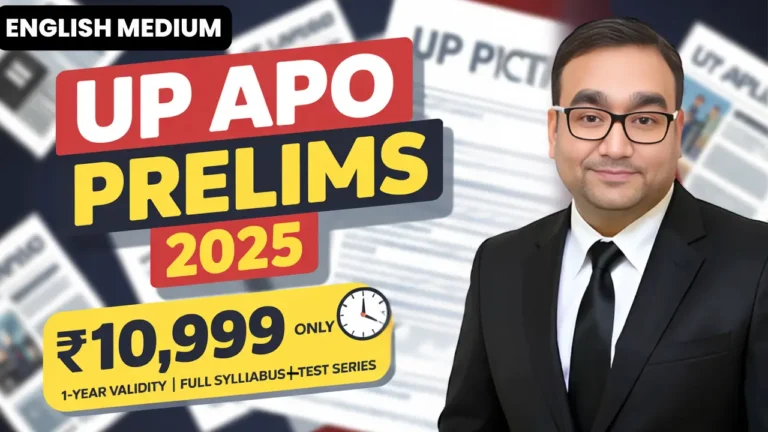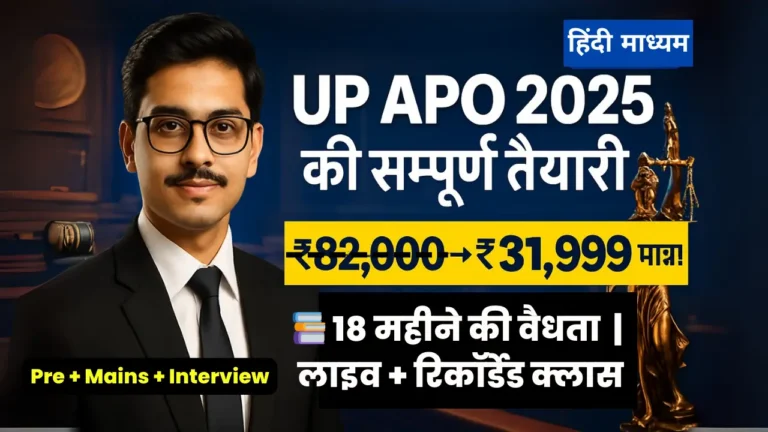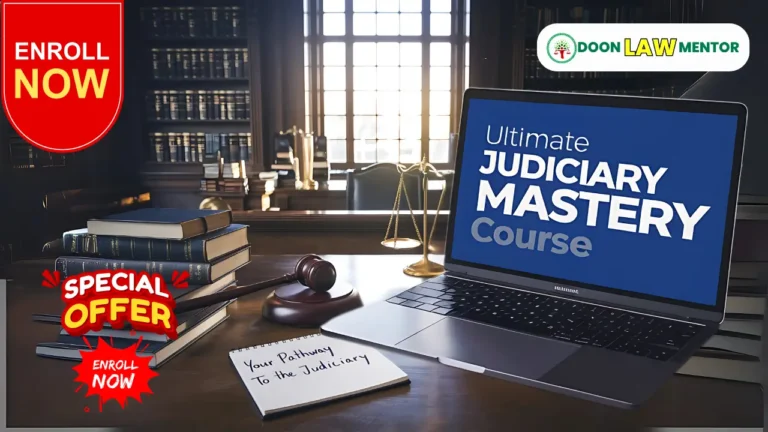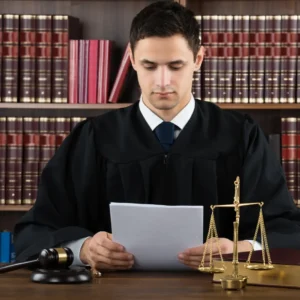Introduction
The Supreme Court of India, in a landmark judgment has issued SOP containing landmark guidelines to address the “arbitrary and frequent” summoning of government officials by courts. The case, titled State of Uttar Pradesh v. Association of Retired Supreme Court and High Court Judges (SPECIAL LEAVE PETITION (CIVIL) Diary No.16613/2023), led to the issuance of a comprehensive Standard Operating Procedure (SOP) for High Courts to follow when summoning government officials.
This judgment, which emphasizes respect, professionalism, and practicality in judicial proceedings, is poised to redefine how courts interact with government representatives while ensuring judicial accountability.
Table of Contents
Backdrop of the Case
The controversy arose from a directive issued by the Allahabad High Court, which ordered the detention of two Secretaries of the Uttar Pradesh Government for non-compliance with orders related to facilities for retired judges. The officials, including the Special Secretary (Finance) and Secretary (Finance), were taken into custody, prompting the Supreme Court to intervene and stay the High Court’s order. During the hearings, Solicitor General Tushar Mehta urged the court to establish guidelines for summoning officials to prevent such situations in the future.
Key Highlights of the SOP
The Supreme Court bench, comprising Chief Justice DY Chandrachud, Justice JB Pardiwala, and Justice Manoj Misra, framed the SOP, which balances judicial efficiency with respect for government functioning.
1. Instances Requiring Personal Presence
- Specific Situations:
- Evidence-based adjudication.
- Summary proceedings.
- Non-adversarial proceedings involving complex policy issues.
- In routine matters, issues must be addressed via affidavits and documents rather than summoning officials.
2. Grounds for Summoning
The court may summon an official if:
- There is prima facie evidence that critical information is being withheld.
- There is intentional suppression or misrepresentation of facts.
3. Video Conferencing as First Option
In exceptional cases requiring personal presence:
- Officials should first appear via video conferencing.
- The Registry must send VC links via SMS, WhatsApp, or email at least one day prior to the hearing.
4. Detailed Reasons and Time-Specific Hearings
- Courts must record specific reasons for summoning an official.
- Adequate notice should be provided for officials to prepare for the proceedings.
- Time slots should be designated for cases requiring personal appearance to ensure efficiency.
5. Respectful Treatment of Officials
- Officials should not be required to stand throughout the hearing unless making statements.
- Judges should avoid remarks that could humiliate officials, including comments on their physical appearance, educational background, social standing, or attire.
6. Practical Considerations in Compliance Orders
- Courts must consider the complexities of government decision-making before setting deadlines for compliance.
- Extensions should be granted in cases of genuine difficulty or new developments.
7. Caution in Contempt Proceedings
- Contempt proceedings should not be initiated hastily.
- Before summoning an alleged contemnor, the court should first issue a notice seeking an explanation.
- Courts should consider permitting contemnors to file for extensions when deadlines prove challenging.
Significance of the Judgment
The judgment not only ensures smoother coordination between the judiciary and executive but also safeguards the dignity of government officials while promoting judicial accountability.
1. Balancing Accountability and Respect
By limiting personal appearances to exceptional cases, the SOP acknowledges the workload of government officials while maintaining judicial oversight.
2. Enhancing Judicial Efficiency
The emphasis on video conferencing and structured timelines streamlines proceedings, reducing unnecessary delays.
3. Promoting a Professional Courtroom Environment
The guidelines aim to cultivate mutual respect and professionalism, avoiding practices that undermine the authority of officials or courts.
Judicial Precedents Considered
The Supreme Court drew from the principles established in R. Kalavathi v. State of Tamil Nadu (2006), which emphasized that judicial decisions must not disrupt public administration unnecessarily. The present SOP reinforces these principles by advocating for restraint and specificity in summoning officials.
Implications for Future Cases
- Enhanced Collaboration Between Judiciary and Government:
The SOP fosters a cooperative relationship, ensuring that government officials can fulfill judicial directives without undue pressure. - Reduction in Judicial Overreach:
Arbitrary summoning of officials for trivial issues will now be minimized, preserving the focus on significant legal disputes. - Improved Compliance with Court Orders:
By accommodating reasonable requests for extensions and clarifying compliance expectations, the judiciary encourages adherence to its directives.
FAQs
1. What was the key issue addressed by the Supreme Court in this case?
The Supreme Court addressed the issue of frequent and arbitrary summoning of government officials by courts and established guidelines to ensure such practices are used sparingly and respectfully.
2. When can officials be summoned under the new SOP?
Officials may be summoned in cases requiring evidence-based adjudication, summary proceedings, or when critical information is intentionally withheld or misrepresented.
3. How does the SOP ensure respect for government officials?
The SOP mandates respectful treatment of officials, avoids humiliating remarks, and permits video conferencing as a first option for appearances.
4. How will the guidelines impact contempt proceedings?
Contempt proceedings will now require a notice seeking explanations before summoning an alleged contemnor, reducing the likelihood of hasty or unnecessary actions.
5. What is the broader significance of these guidelines?
The guidelines aim to strike a balance between judicial accountability and administrative efficiency, fostering professionalism and mutual respect in court proceedings
DOWNLOAD THE JUDGEMENT
The Supreme Court’s guidelines mark a turning point in ensuring that judicial and administrative functions align harmoniously, fostering an environment where justice is delivered efficiently and respectfully.
SupremeCourtIndia, #JudicialGuidelines, #ContemptProceedings, #GovernmentOfficials, #LandmarkJudgment2024 #landmarkjudgement


